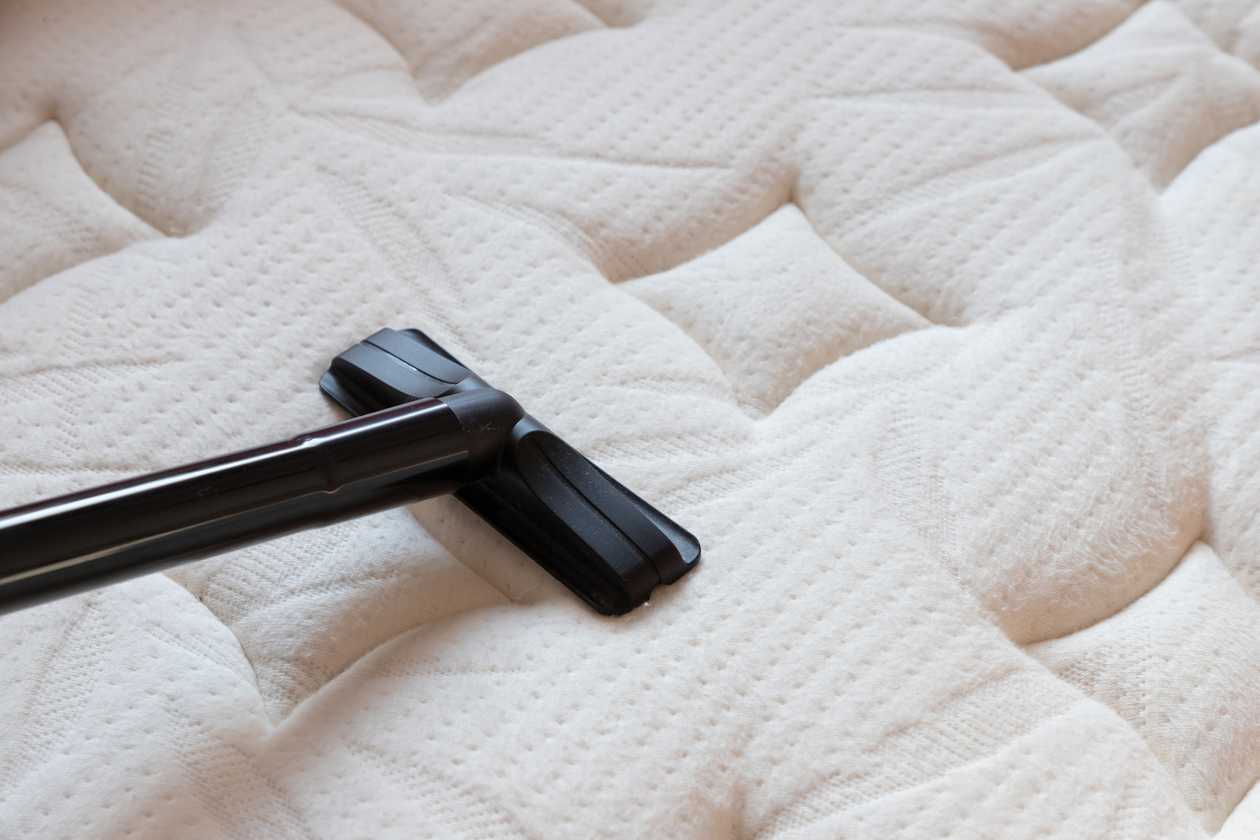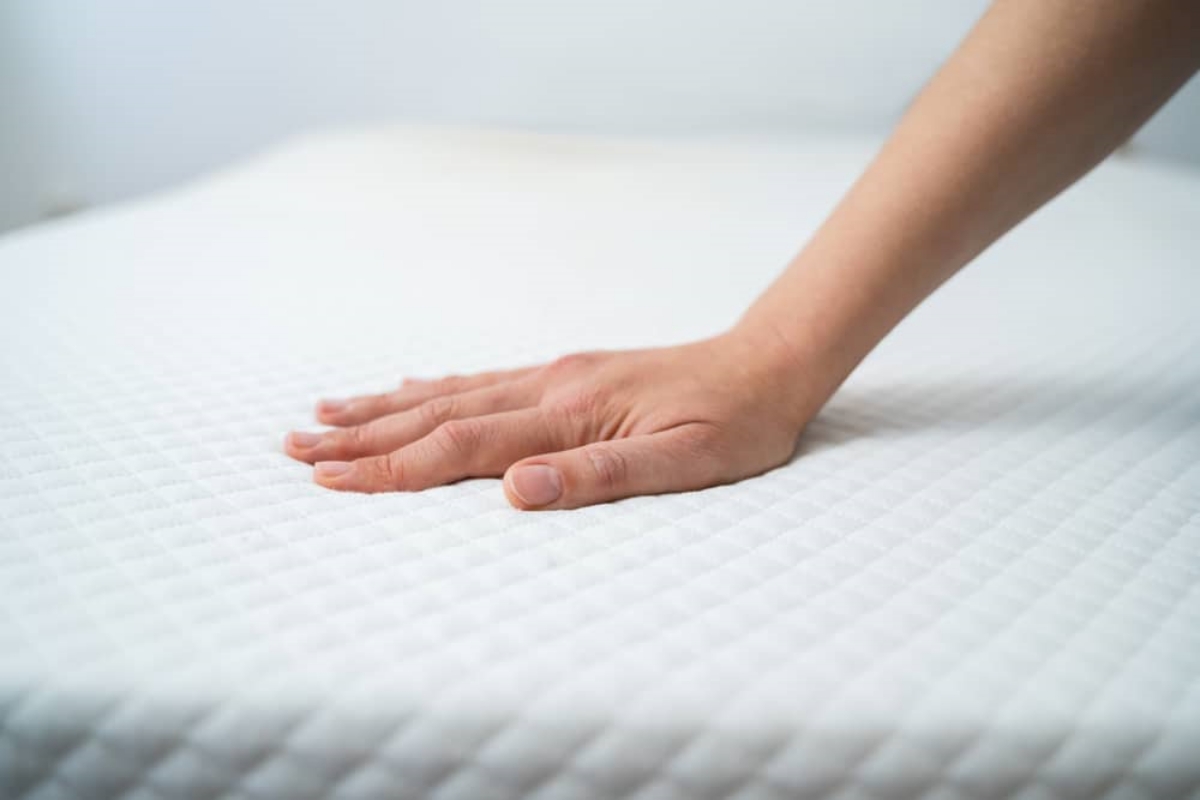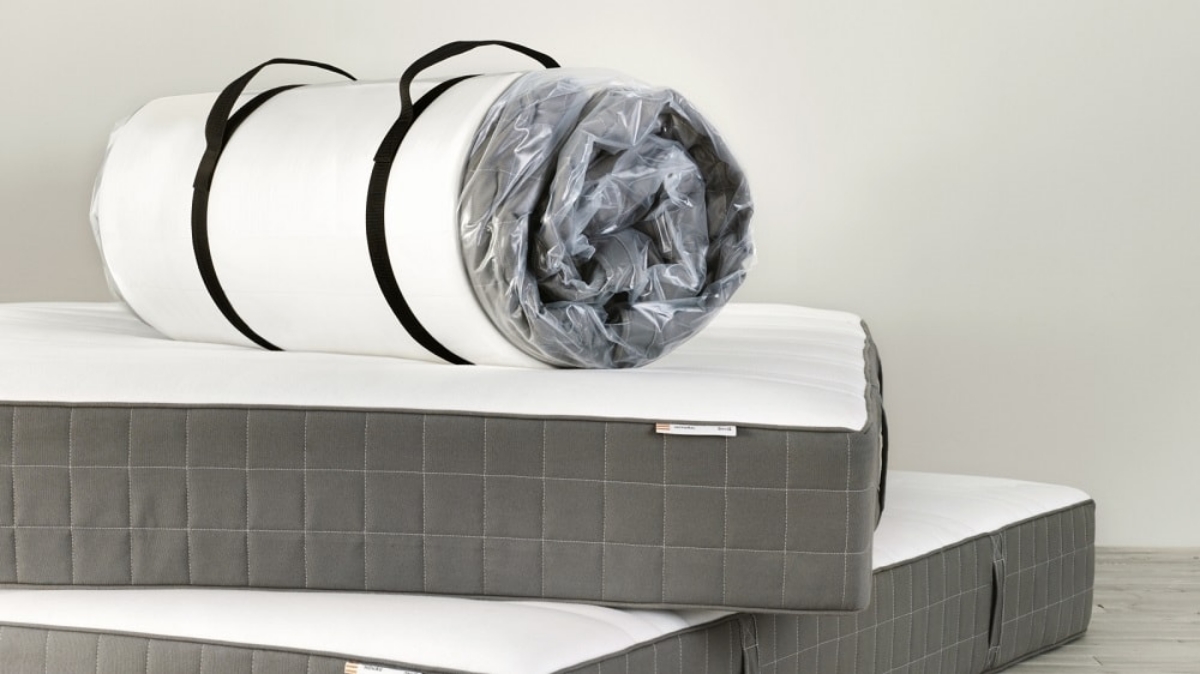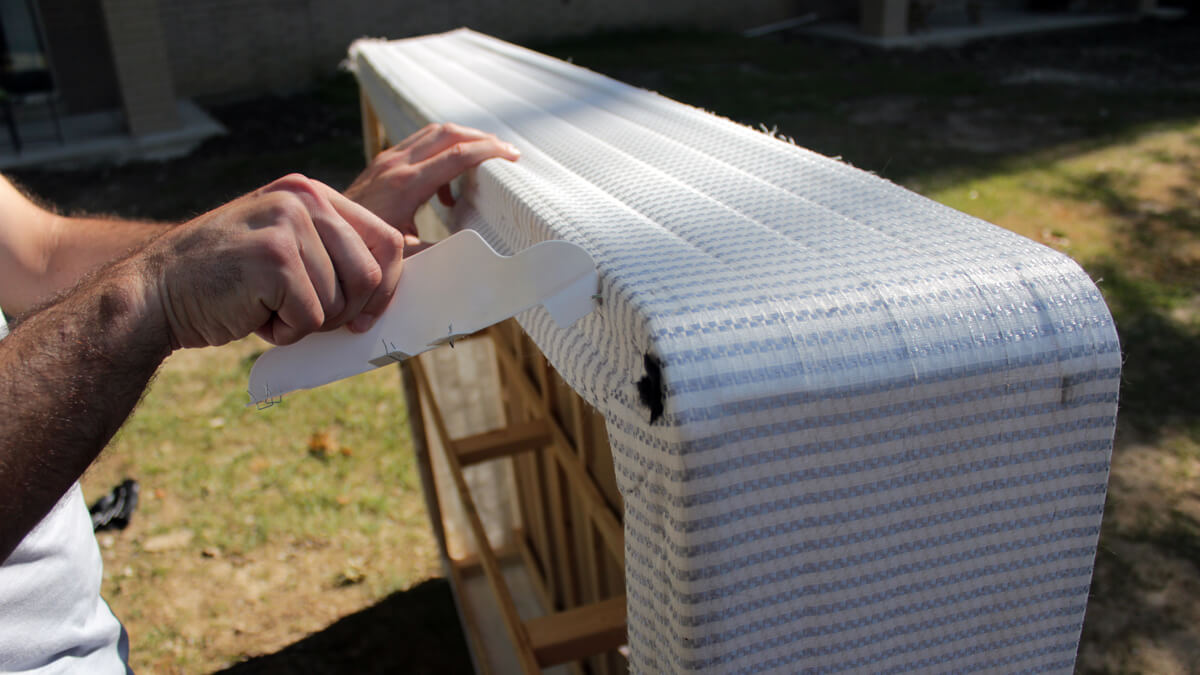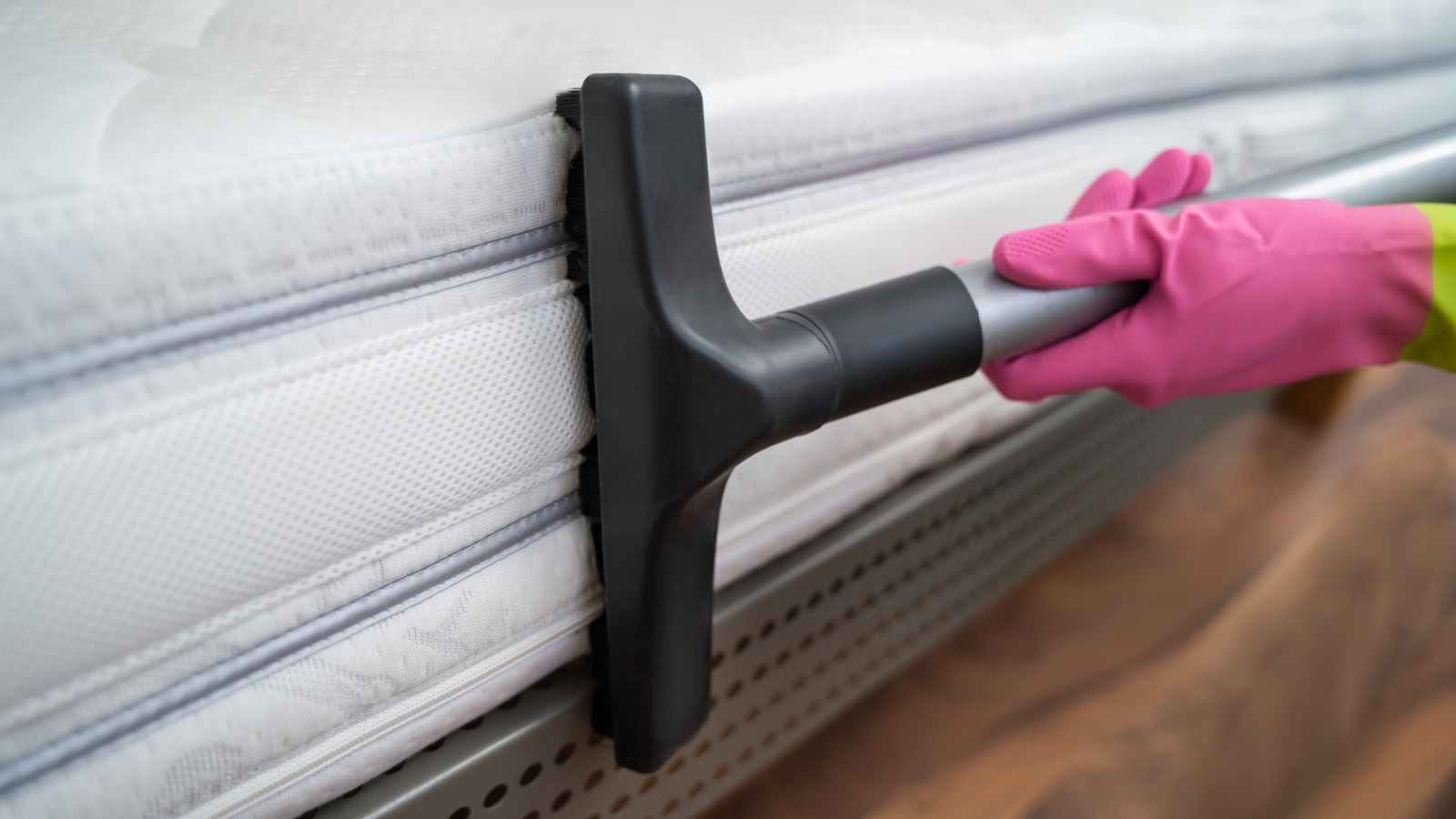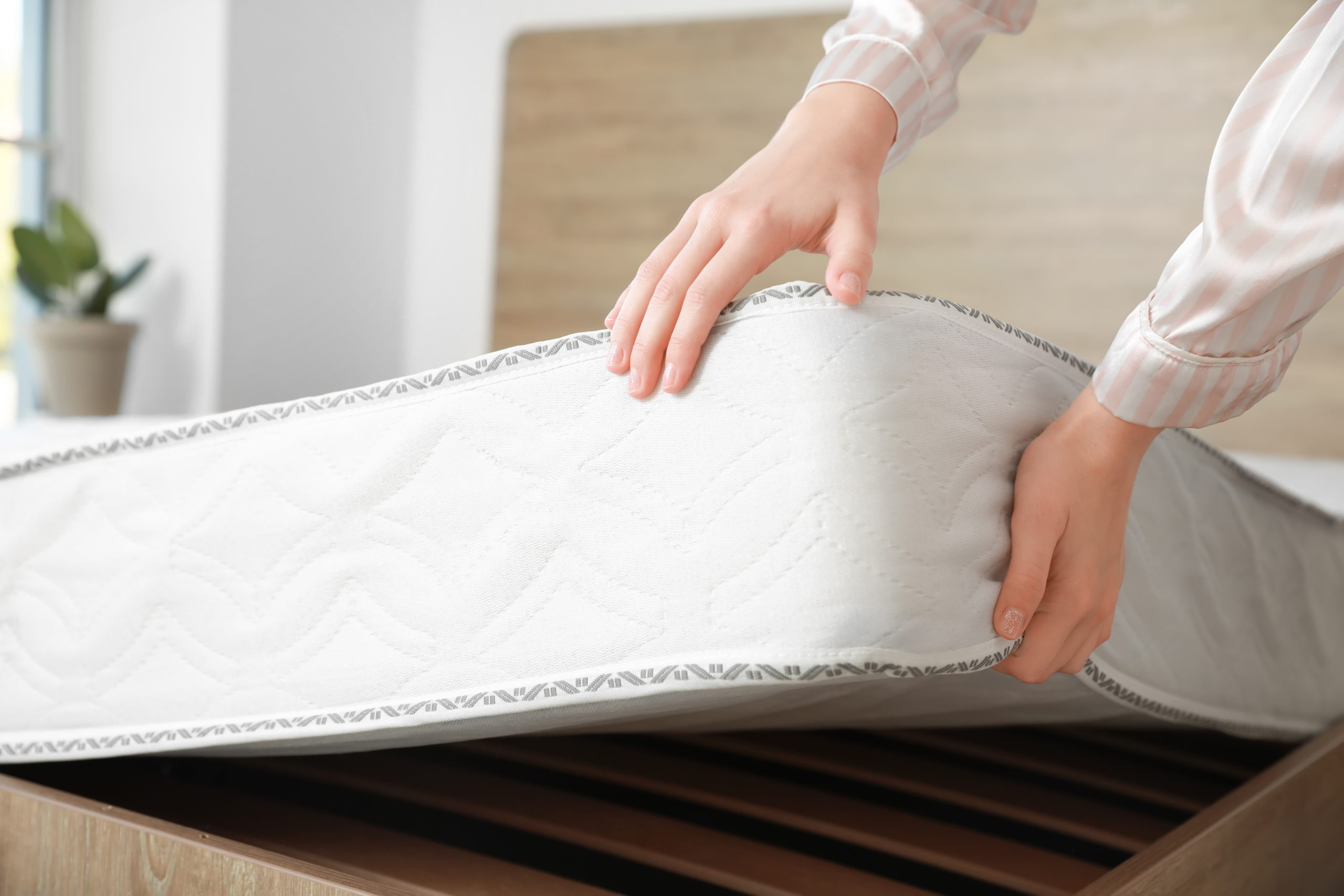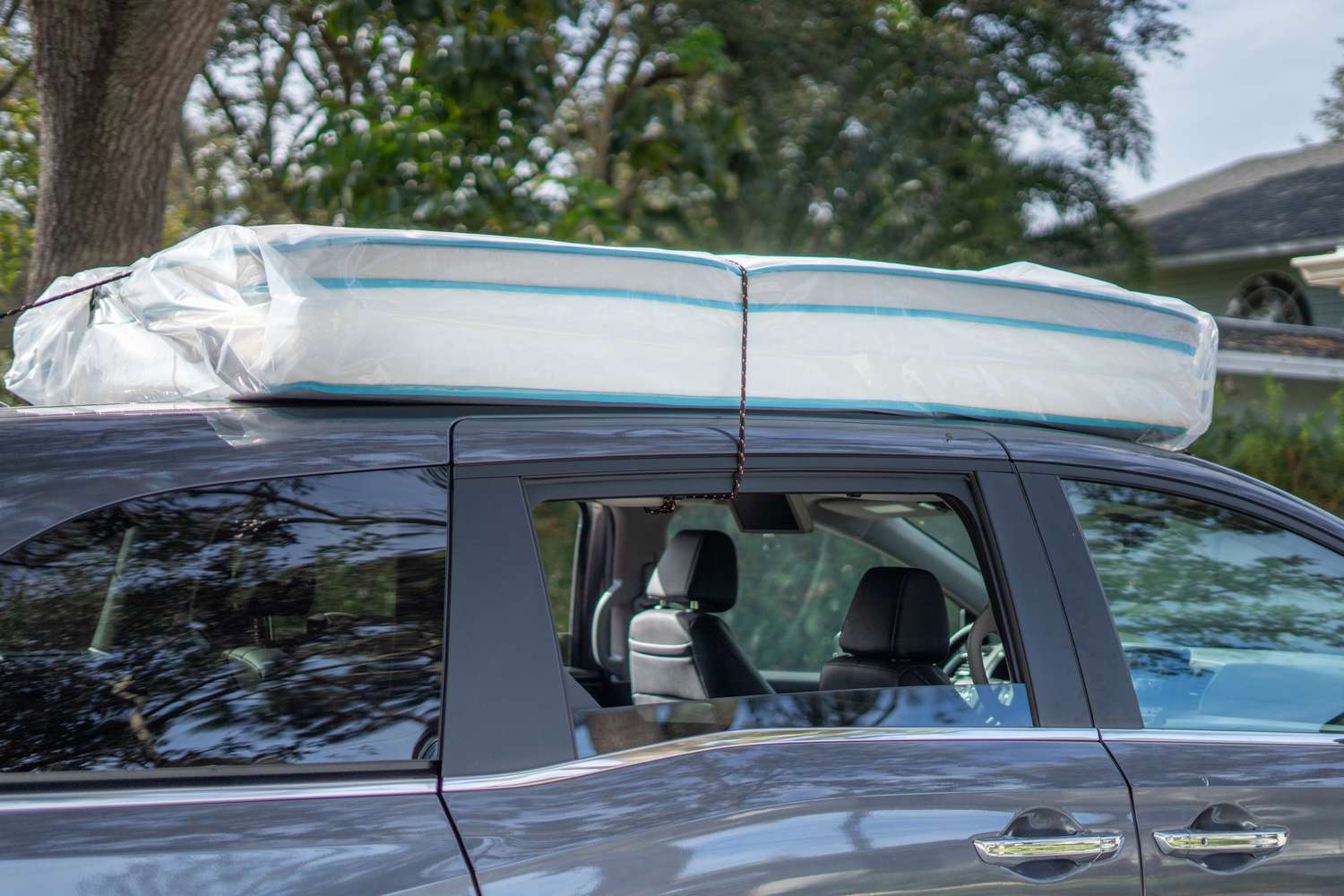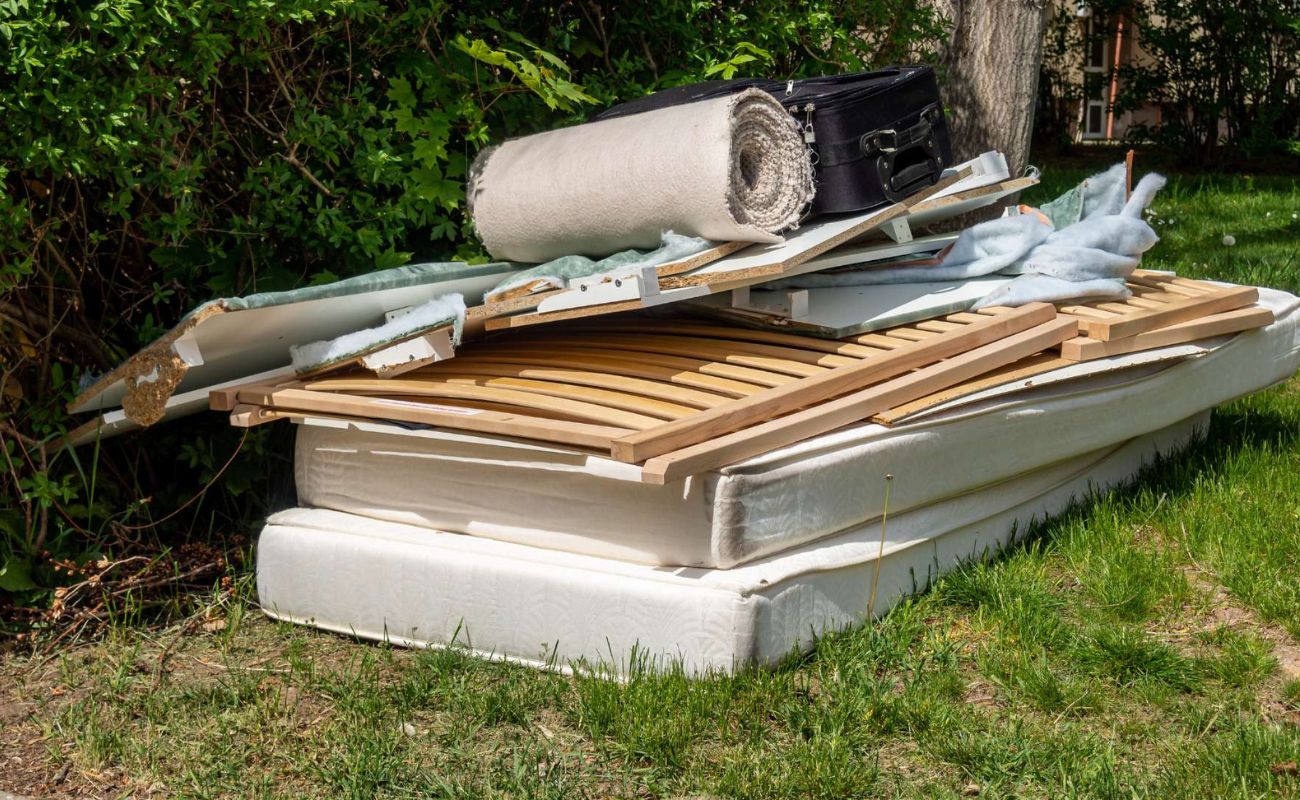Home>Furniture>Bedroom Furniture>Newton Mattress – How To Wash
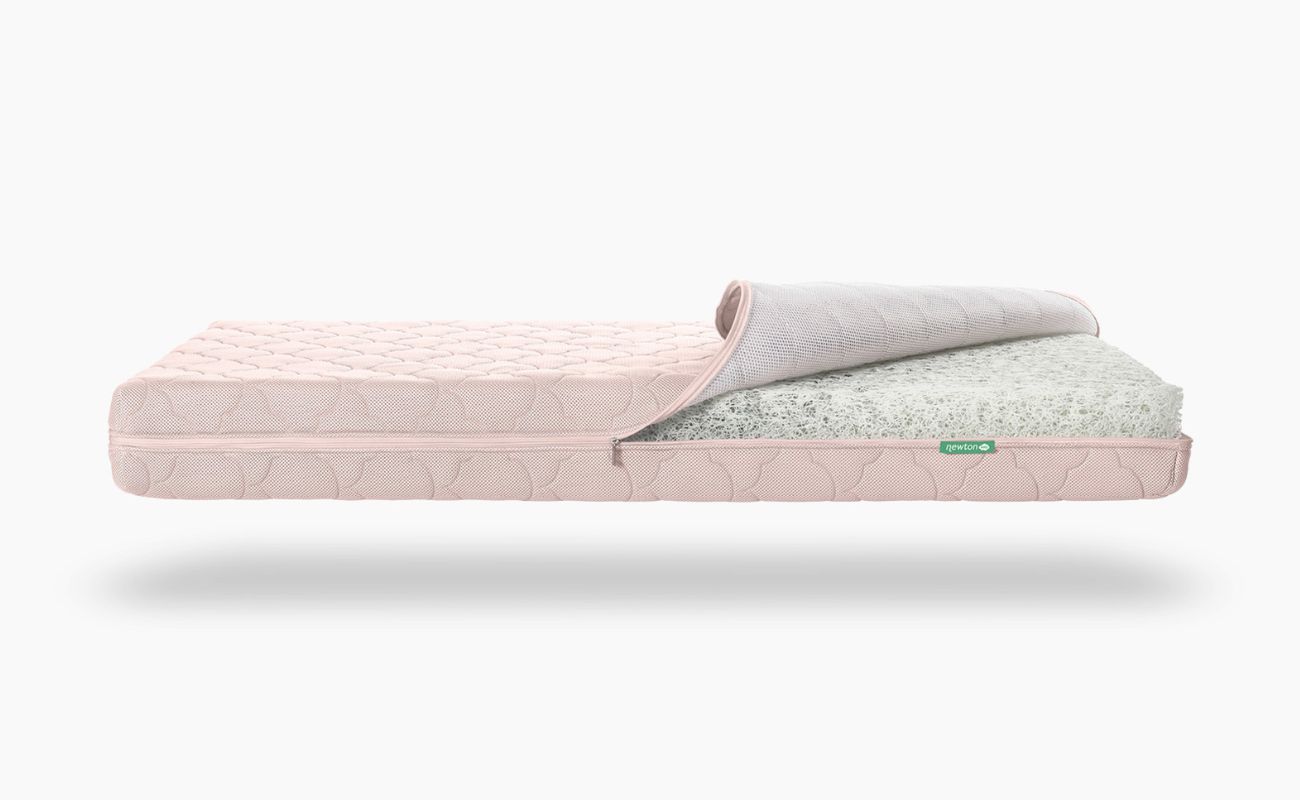

Bedroom Furniture
Newton Mattress – How To Wash
Modified: March 2, 2024
Looking to wash your Newton Mattress? Read our step-by-step guide on how to properly clean and maintain your bedroom furniture for a fresh and hygienic sleep environment.
(Many of the links in this article redirect to a specific reviewed product. Your purchase of these products through affiliate links helps to generate commission for Storables.com, at no extra cost. Learn more)
Introduction
When it comes to maintaining a clean and hygienic bedroom, washing your mattress is an essential task that should not be overlooked. Over time, mattresses can accumulate dust, sweat, spills, and stains that can impact both the appearance and comfort of your sleeping space. Regularly washing your mattress not only helps to maintain its pristine condition but also improves the overall hygiene and longevity of your investment.
In this comprehensive guide, we will walk you through the step-by-step process of washing your mattress effectively. Whether you have a foam, spring, or hybrid mattress, these instructions will apply to most types of mattresses. By following these instructions, you can ensure that your mattress remains fresh, clean, and inviting for a good night’s sleep.
Before we dive into the details, it’s important to note that it’s necessary to follow the care instructions provided by the mattress manufacturer. Be sure to check for any specific recommendations or restrictions that may apply to your particular mattress model. Now, let’s get started with the preparation process.
Key Takeaways:
- Keep your mattress clean and hygienic by following a step-by-step process to wash and maintain its pristine condition. Regular washing promotes better sleep quality and extends the lifespan of your investment.
- Gather necessary tools, remove the cover, spot clean stains, hand or machine wash the cover, and ensure thorough drying before reassembling your mattress for a fresh and inviting sleeping environment.
Step 1: Preparation
Before you begin the process of washing your mattress, it’s important to gather all the necessary tools and materials. Here’s what you’ll need:
- Protective gear: Consider wearing gloves and a face mask to protect yourself from potential allergens or chemicals.
- Vacuum cleaner: You’ll need a vacuum cleaner with upholstery attachments to remove dust, dirt, and debris from the surface of your mattress.
- Stain remover: Depending on the type of stains you have on your mattress, choose an appropriate stain remover. You can use a store-bought stain remover or make a DIY solution using ingredients like baking soda, hydrogen peroxide, and dish soap.
- Mattress cover: It’s a good idea to have a mattress cover handy, as this will protect your mattress from future spills and stains and make it easier to clean in the future.
- Laundry detergent: You’ll need a mild laundry detergent to wash the mattress cover.
- Bucket or basin: You’ll need a bucket or basin large enough to hold the mattress cover for hand washing.
- Washing machine: If your mattress cover is machine washable, you’ll need access to a washing machine.
- Drying rack or clothesline: You’ll need a drying rack or clothesline to air dry the mattress cover.
Once you’ve gathered all these items, you’re ready to move on to the next step of the process – removing the mattress cover.
Next step: Step 2: Removing the Mattress Cover
Step 2: Removing the Mattress Cover
Before you can start washing your mattress cover, you’ll need to remove it from the mattress. Follow these steps to safely and efficiently remove the cover:
- Start by stripping off all the bedding, including sheets, blankets, and pillows, from the mattress.
- Locate the zipper or fastening mechanism that holds the mattress cover in place.
- Carefully unzip or unfasten the cover, making sure not to force it or damage it in the process.
- Gently slide off the mattress cover, taking care not to snag it on any sharp edges or corners of the mattress.
- Once the cover is completely removed, set it aside for further cleaning.
Removing the mattress cover allows you to access the surface of the mattress and address any stains or spots that may require spot cleaning. This brings us to the next step – spot cleaning stains.
Next step: Step 3: Spot Cleaning Stains
Step 3: Spot Cleaning Stains
Now that you have removed the mattress cover, it’s time to tackle any stains or spots that may be present on the surface of the mattress. Follow these steps to effectively spot clean stains:
- Identify the stains: Take a close look at the mattress surface and identify any visible stains. Common stains include sweat, urine, blood, spills, or general dirt and grime.
- Prepare a stain remover: Depending on the type of stain, prepare a suitable stain remover. There are various commercial stain removers available on the market, or you can make your own DIY solution using ingredients like baking soda, hydrogen peroxide, or dish soap.
- Apply the stain remover: Following the instructions on the product label or your DIY solution, apply the stain remover directly to the stained areas. Use a clean cloth or sponge to gently blot the stain, being careful not to rub it further into the mattress fabric.
- Allow the stain remover to work: Let the stain remover sit on the stain for the recommended amount of time, allowing it to penetrate and lift the stain from the fabric.
- Blot the stain: After the designated time, use a clean damp cloth or sponge to blot the stained area, removing the stain remover and any loosened dirt or debris.
- Repeat if necessary: For stubborn or set-in stains, you may need to repeat the stain removal process until the stain is completely gone.
- Dry the spot: After removing the stain, allow the spot to air dry completely before moving on to the next step.
By spot cleaning stains, you can prevent them from becoming deeply embedded in the mattress fabric and causing long-term discoloration or odors. Once you have addressed the stains, it’s time to move on to the next step – hand washing the mattress cover.
Next step: Step 4: Hand Washing the Mattress Cover
Step 4: Hand Washing the Mattress Cover
Now that you have spot cleaned any stains on your mattress, it’s time to focus on washing the mattress cover. Follow these steps to effectively hand wash the mattress cover:
- Fill a basin or bucket with warm water: Fill a basin or bucket with enough warm water to fully submerge the mattress cover.
- Add mild laundry detergent: Add a small amount of mild laundry detergent to the water and mix it well until it creates a soapy solution.
- Place the mattress cover in the water: Gently immerse the mattress cover in the soapy water, making sure it is fully submerged.
- Agitate the cover: Use your hands to agitate the mattress cover in the water, ensuring that the detergent reaches all parts of the cover.
- Pay special attention to stained areas: If there are any remaining stains on the cover, focus on gently rubbing and scrubbing those areas to help remove the stains.
- Let it soak: Allow the mattress cover to soak in the soapy water for about 15-20 minutes. This will help break down any remaining dirt or stains.
- Drain and rinse: After soaking, drain the soapy water and refill the basin or bucket with clean water. Rinse the mattress cover thoroughly to remove any soap residue.
- Squeeze out excess water: Gently squeeze the mattress cover to remove excess water. Be careful not to twist or wring the fabric, as this may cause damage.
Once you have completed the hand washing process, you can move on to machine washing the mattress cover, if it is machine washable. If not, you can proceed to the next step, which will guide you through the drying process.
Next step: Step 5: Machine Washing the Mattress Cover
To clean a Newton Mattress, remove the cover and machine wash it in cold water with mild detergent. Tumble dry on low heat or air dry. Do not bleach or iron.
Step 5: Machine Washing the Mattress Cover
If your mattress cover is labeled as machine washable, you can follow these steps to safely clean it in the washing machine:
- Check the care label: Before proceeding, double-check the care label on the mattress cover to ensure it is suitable for machine washing.
- Prepare the cover: Close any zippers or fastenings on the mattress cover to prevent it from snagging or getting tangled in the washing machine.
- Separate the cover: If possible, wash the mattress cover separately from other laundry items to avoid any potential damage or color transfer.
- Select a gentle cycle: Set your washing machine to a gentle or delicate cycle with cold or lukewarm water. This will help protect the fabric and maintain its quality.
- Add mild detergent: Add a small amount of mild laundry detergent to the machine, following the manufacturer’s instructions for the appropriate dosage.
- Start the washing cycle: Once everything is set, start the washing machine and allow it to complete the cycle.
- Air dry the cover: After the washing cycle is complete, remove the mattress cover from the machine and avoid using high heat or tumble drying. Instead, opt for air drying to prevent shrinkage or damage to the fabric.
If your mattress cover is not suitable for machine washing, refer to the hand washing instructions mentioned earlier. Once your mattress cover is clean and dry, it’s time to move on to the next step – drying the mattress cover.
Next step: Step 6: Drying the Mattress Cover
Step 6: Drying the Mattress Cover
After washing the mattress cover, it’s important to properly dry it before reassembling it on your mattress. Here are the steps to follow for drying the mattress cover:
- Gently remove excess water: Before drying, take the freshly washed mattress cover and gently squeeze out any excess water. Avoid wringing or twisting the fabric, as this can cause stretching or damage.
- Air drying: Lay the mattress cover flat on a clean surface, such as a drying rack or clothesline. Ensure that the cover is spread out evenly to allow for proper airflow and drying.
- Avoid direct sunlight: Place the drying rack or clothesline in a well-ventilated area away from direct sunlight. Direct sunlight can cause fading or discoloration of the fabric.
- Patience is key: Allow the mattress cover to air dry completely. This may take several hours or even a full day, depending on factors such as humidity and the thickness of the fabric.
- Check for dampness: After a few hours, check the mattress cover for any signs of dampness. If any areas feel damp, flip the cover over to allow for even drying.
- Touch to confirm dryness: Before reassembling the mattress, ensure that the entire cover is completely dry to the touch. Moisture can lead to mildew or odors if the cover is not thoroughly dried.
Properly drying the mattress cover will help maintain its shape, quality, and longevity. Once the cover is fully dry, you can move on to the final step – reassembling the mattress.
Next step: Step 7: Reassembling the Mattress
Step 7: Reassembling the Mattress
Now that your mattress cover is clean and dry, it’s time to reassemble your mattress for a fresh and comfortable sleep. Here are the steps to follow for reassembling your mattress:
- Prepare the mattress: Ensure that the mattress is clean and free from any debris or dust. If necessary, you can use a vacuum cleaner with a brush attachment to gently clean the surface of the mattress.
- Place the mattress cover: Take the clean and dry mattress cover and carefully slide it back onto the mattress. Align the corners of the cover with the corners of the mattress for a snug fit.
- Zip or fasten the cover: If your mattress cover has a zipper or fastening mechanism, close it securely to keep the cover in place.
- Add bedding layers: Once the mattress cover is in place, you can start adding your bedding layers, such as fitted sheets, flat sheets, blankets, and pillows, to complete the reassembly process.
- Smooth and adjust: Smooth out any wrinkles or creases on the mattress cover and ensure that it is evenly distributed over the mattress. Make any necessary adjustments to achieve a neat and comfortable appearance.
With the mattress cover reassembled and the bedding layers in place, your mattress is now ready for a good night’s sleep. By following these steps, you have successfully washed, dried, and reassembled your mattress, ensuring a clean and hygienic sleeping environment.
Regularly washing your mattress cover and keeping your mattress clean not only prolongs its life but also promotes better sleep quality and overall well-being. Enjoy your fresh and rejuvenated sleeping space!
Thank you for following our comprehensive guide on how to wash your mattress. We hope you found these steps helpful and easy to follow. Sleep well!
Conclusion
Washing your mattress is an important task to maintain cleanliness, hygiene, and comfort in your bedroom. By following the steps outlined in this comprehensive guide, you can effectively and safely wash your mattress cover, remove stains, and reassemble your mattress for a fresh and rejuvenated sleep surface.
Starting with the preparation stage, gathering the necessary tools and materials is crucial to ensure a smooth and efficient cleaning process. Removing the mattress cover allows you to spot clean any stains, while hand washing or machine washing the cover helps to remove dirt, grime, and odors. Properly drying the mattress cover is essential to avoid moisture-related issues and maintain the quality of the fabric.
Finally, reassembling the mattress with the clean cover and fresh bedding layers completes the process, providing you with a clean and inviting sleeping environment.
Regularly washing your mattress and ensuring its cleanliness not only enhances the overall appearance of your bedroom but also promotes a healthy sleep environment. A clean mattress can help alleviate allergies and provide a more comfortable and hygienic surface for resting.
Remember to always check the care instructions provided by the mattress and cover manufacturer to ensure you are following the appropriate cleaning recommendations for your specific products.
By dedicating some time to properly wash your mattress and its cover, you can extend the lifespan of your mattress, improve sleep quality, and enjoy a fresh and inviting bedroom space.
We hope this guide has been helpful in assisting you with the process of washing your mattress. Sleep well and enjoy your clean and comfortable sanctuary!
Frequently Asked Questions about Newton Mattress - How To Wash
Was this page helpful?
At Storables.com, we guarantee accurate and reliable information. Our content, validated by Expert Board Contributors, is crafted following stringent Editorial Policies. We're committed to providing you with well-researched, expert-backed insights for all your informational needs.
